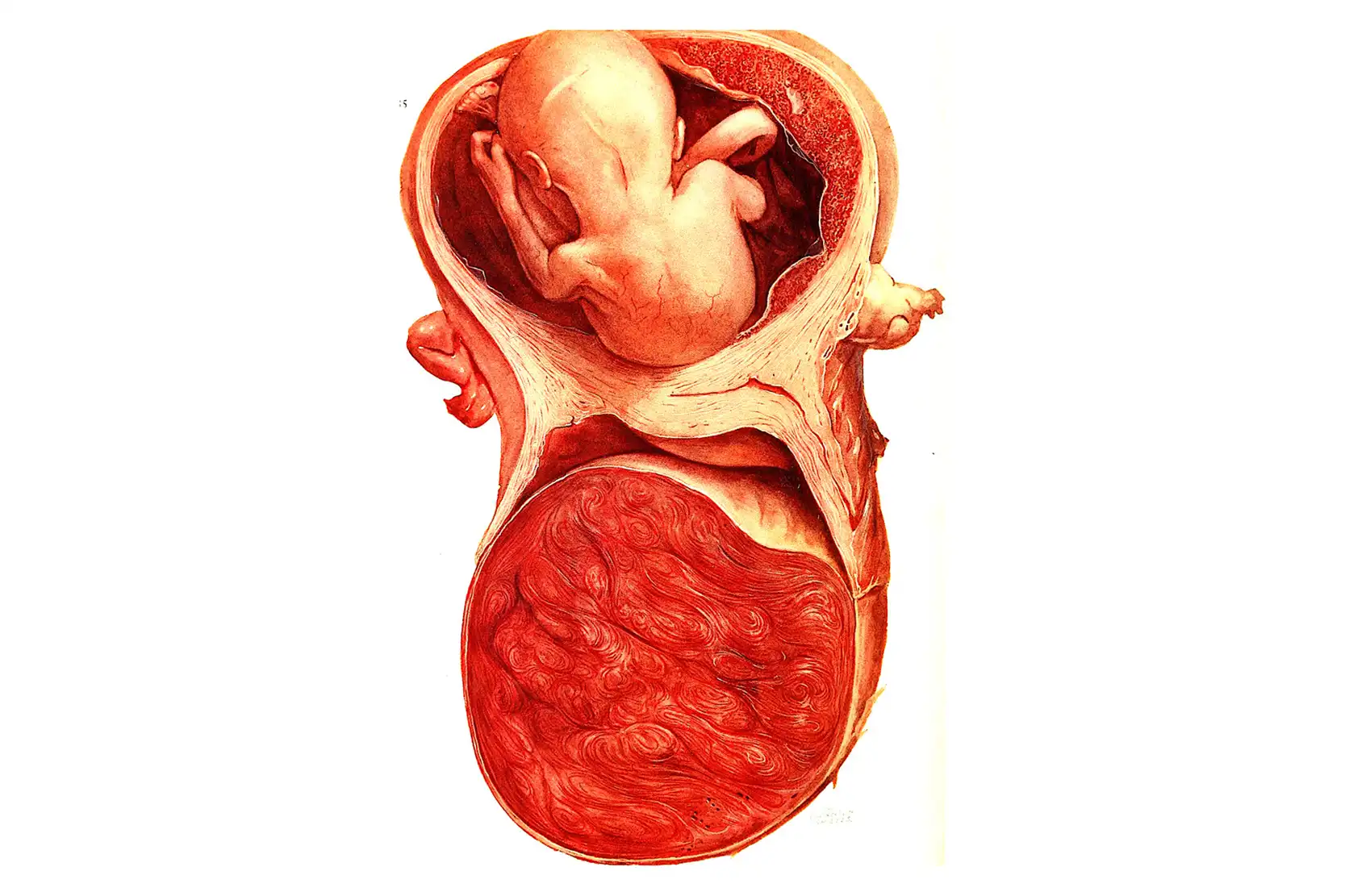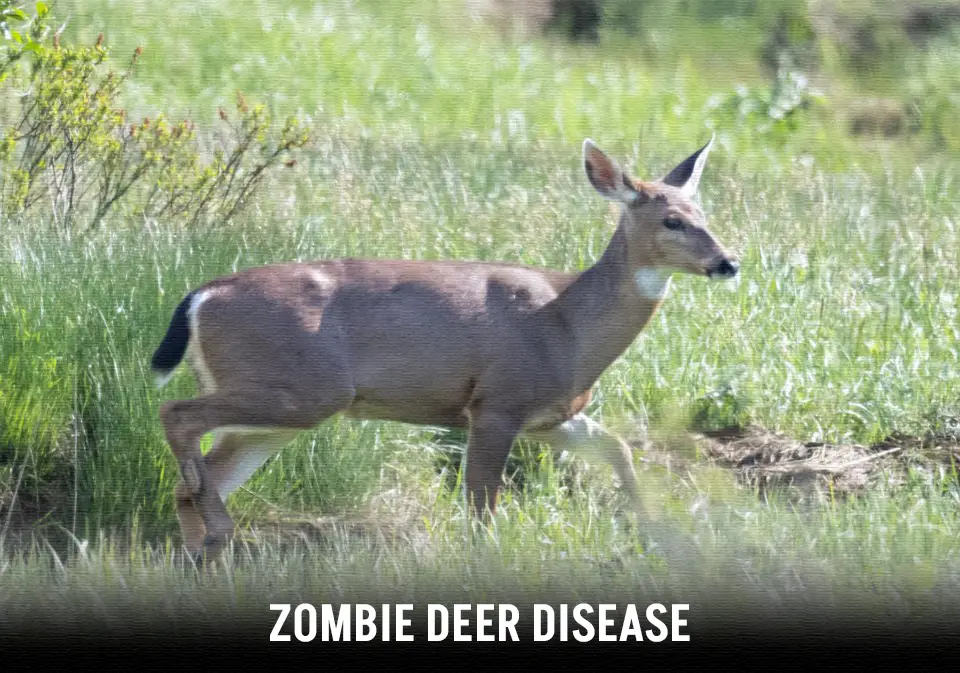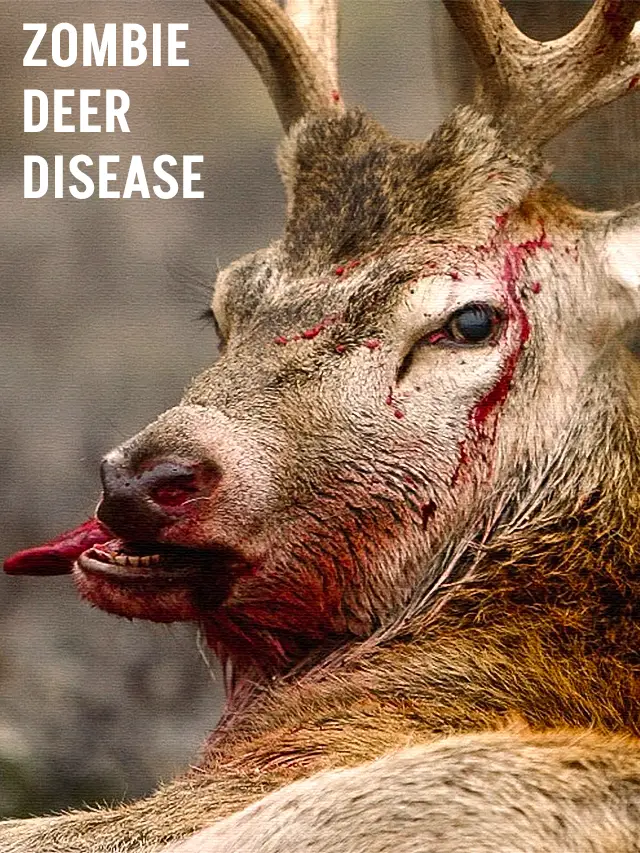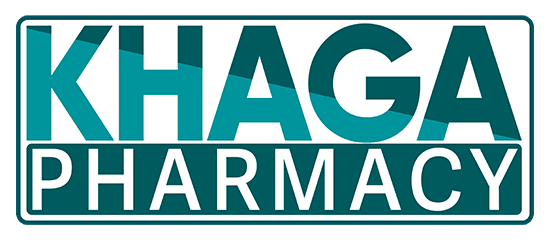
HEALTH NEWS
Chronic Wasting Disease: Zombie Deer Disease 2024 and the Potential Threat to Humans
-
Rahul Priydarss

C
hronic Wasting Disease (CWD), called Zombie Deer Disease, has been spreading among deer populations in various regions.
Table of Contents
Introduction:
In recent years, a mysterious and alarming illness known as Chronic Wasting Disease (CWD), colloquially referred to as “Zombie Deer Disease,” has been spreading among deer populations in various regions. With the potential for cross-species transmission, concerns have been raised about the disease’s impact on human health. In this blog post, we will delve into the details of CWD, its current status in 2024, and the potential risks it poses to humans.
What is Chronic Wasting Disease (CWD):
CWD is a progressive and fatal neurological disorder affecting deer, elk, and moose. The disease is caused by abnormal proteins known as prions, which accumulate in the brain and other tissues, causing severe damage. Infected animals exhibit symptoms such as weight loss, abnormal behavior, stumbling, and excessive salivation, leading to the ominous moniker “Zombie Deer Disease.”
The Spread of “Zombie Deer Disease” and CWD in 2024:
Since its initial discovery in the 1960s, CWD has spread to various regions, with reported cases in North America, Europe, and Asia. In 2024, the disease continues to be a growing concern, affecting both wild and captive deer populations. The ease of transmission and the environmental persistence of prions contribute to the challenges in controlling its spread.
What Dr Michael says:
The University of Minnesota told Fortune: There’s no evidence yet that we’ve seen crossover into humans, but what if it were to happen? “There’s enough concern that we might have to be prepared.”
– CWD is an infectious disease that affects deer, elk, moose, caribou, and reindeer and is becoming more common. Research, published in Acta Neuropathologica, found “CWD might infect humans, although the transmission barrier is likely higher compared to zoonotic transmission of cattle prions”.
– The study found that while mice could become infected with the disease, it did not cause the same symptoms as in deer, which include poor coordination, appearing listless, and tremors.
Cross-Species Transmission:
– One of the most pressing concerns associated with CWD is the potential for cross-species transmission to humans. While no cases of CWD in humans have been confirmed to date, the similarity between prions associated with CWD and those linked to other prion diseases, such as Creutzfeldt-Jakob Disease (CJD), raises red flags.
– Many people in that area “should remain attentive for further directions, including forest deer feeding in the area and the fix of carcasses,” said the spoken person in an email.

– Scientists are studying whether consuming infected deer meat poses a risk to humans. As deer hunting is a popular activity in many regions, the consumption of venison is not uncommon. The World Health Organization (WHO) and the Centers for Disease Control and Prevention (CDC) have issued guidelines to reduce the potential risk of CWD transmission to humans, emphasizing caution when handling and consuming deer or elk meat.
Research for Zombie Deer Disease:
– In light of the potential threat to public health, extensive research and surveillance efforts are underway to monitor the spread of CWD and assess its risks. Scientists are actively studying the transmission dynamics, pathogenesis, and the potential for prion adaptation to humans. Governments and wildlife management agencies are implementing measures to control the spread of the disease in animal populations, including increased testing, hunting regulations, and restrictions on the movement of captive deer.
– A spokesperson for the (Water, Land, and Resources) A spokesperson for the Ministry confirmed that the first positive case was found in a male mule deer, while the second was isolated in a female white-tailed deer found dead on the road. The diagnosis was confirmed by the Canadian Food Inspection Agency (CFIA) on January 31, 2024.
Research Advancements: A promising development in February 2024 involved a study that identified potential biomarkers in the gut microbiome of deer that could differentiate between CWD-positive and negative animals. This non-invasive method of detection using fecal samples could be a valuable tool for wildlife managers to monitor CWD prevalence more readily. However, a more concerning study emerged in April 2024. Researchers found a cluster of Chronic Wasting Disease in humans (CJD) in hunters who reportedly consumed CWD-infected deer meat. While more research is needed to confirm a definitive link, this raises serious public health concerns.
Preventive Measures for Humans:
– As research on CWD continues, individuals must adopt preventive measures to minimize potential risks. Hunters are advised to get their harvested deer tested for CWD, and if the results are positive, it is recommended to avoid consuming the meat. Additionally, individuals are encouraged to follow safe handling practices when processing deer or elk, including wearing gloves and minimizing contact with the brain and spinal cord tissues.
Chronic Wasting Disease (CWD) in 2024:
Chronic Wasting Disease (CWD) continues to be a serious concern for deer populations across North America in 2024. Here’s a breakdown of the latest developments.
Geographical Spread: By March 2024, CWD had been detected in free-ranging deer, elk, or moose in at least 33 states in the continental US and four Canadian provinces. This represents a significant increase from previous years, with a total of 436 counties now affected. The disease has also been found in farmed deer and elk facilities in 19 states and three provinces, raising concerns about potential spillover to wild populations. Cases are not uniformly distributed, with some areas experiencing higher infection rates than others. The USGS maintains a map that is updated regularly to track the spread of CWD.
Impact on Wildlife: CWD is a prion disease, meaning it’s caused by misfolded proteins that damage the brains of infected animals. There is no cure, and the disease is always fatal. Infected animals exhibit progressive weight loss, lethargy, stumbling, abnormal behavior, and eventually die. These symptoms can take over a year to develop, making it difficult to track the spread of the disease. CWD can devastate deer herds by reducing birth rates, increasing mortality, and altering deer behavior patterns. This can have cascading effects on entire ecosystems.
Management and Public Health: Wildlife agencies are taking steps to contain CWD through measures like.
- Increased surveillance and testing of deer populations.
- Implementing restrictions on hunting and movement of deer carcasses in CWD zones.
- Educating hunters about the disease and proper carcass disposal practices.
- Hunters are advised to be aware of CWD zones in their hunting areas and follow regulations for mandatory or recommended testing of harvested deer.
- Public health officials are recommending that hunters avoid consuming meat from animals that test positive for CWD.
Frequently Asked Questions (FAQs):
A1: Zombie Deer Disease, scientifically known as Chronic Wasting Disease (CWD), is a fatal neurological disorder affecting deer, elk, and moose. It spreads through prions, abnormal proteins that accumulate in the brain and other tissues. The disease is transmitted among animals through direct contact or environmental contamination in 2024.
A2: While there have been no confirmed cases of CWD in humans, the potential for cross-species transmission raises concerns. Prions associated with CWD are similar to those linked to other prion diseases. It is crucial for individuals, especially hunters, to follow guidelines from health authorities to minimize the risk of transmission through the consumption of deer or elk meat.
A3: Hunters are advised to get their harvested deer tested for CWD, especially in regions where the disease is prevalent. If the results are positive, it is recommended to avoid consuming the meat. Safe handling practices, such as wearing gloves and minimizing contact with the brain and spinal cord tissues, are essential to reduce the risk of transmission during processing.
A4: Governments and wildlife management agencies are actively implementing measures to control the spread of CWD. These include increased testing of deer populations, hunting regulations, and restrictions on the movement of captive deer. Ongoing research efforts focus on understanding the disease’s dynamics, pathogenesis, and potential risks to human health, enabling more effective strategies for prevention and control.

-Remember, Always consult with healthcare professionals or Doctors for personalised advice related to medical conditions.
Conclusion:
The emergence and spread of Zombie Deer Disease (CWD) in 2024 raise valid concerns about its potential impact on human health. While the scientific community continues to investigate the risks and preventive measures, the public needs to stay informed and take necessary precautions. Responsible hunting practices, adherence to guidelines from health authorities, and ongoing research efforts are crucial in addressing the threat posed by CWD and ensuring the safety of both wildlife and humans.




